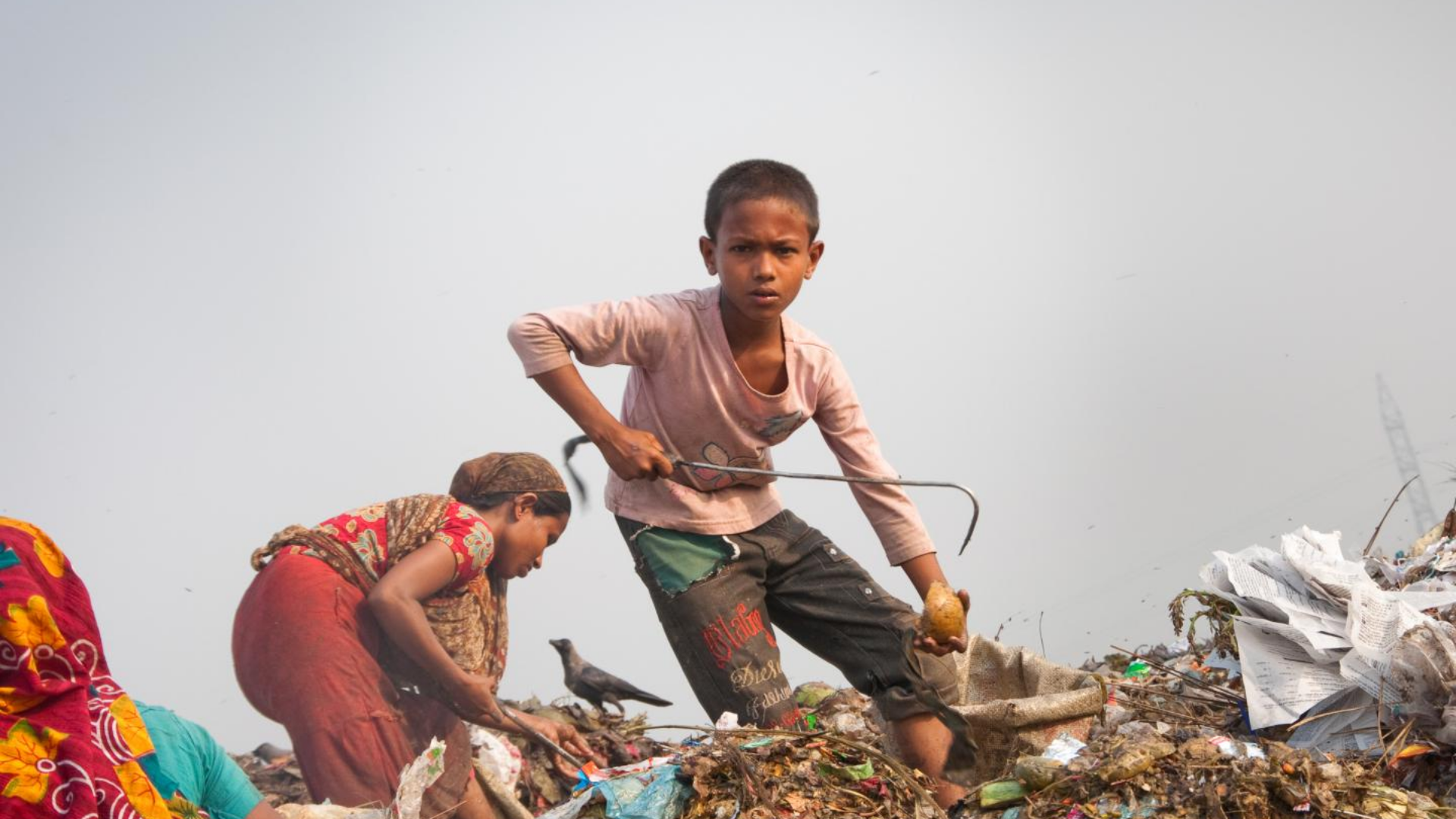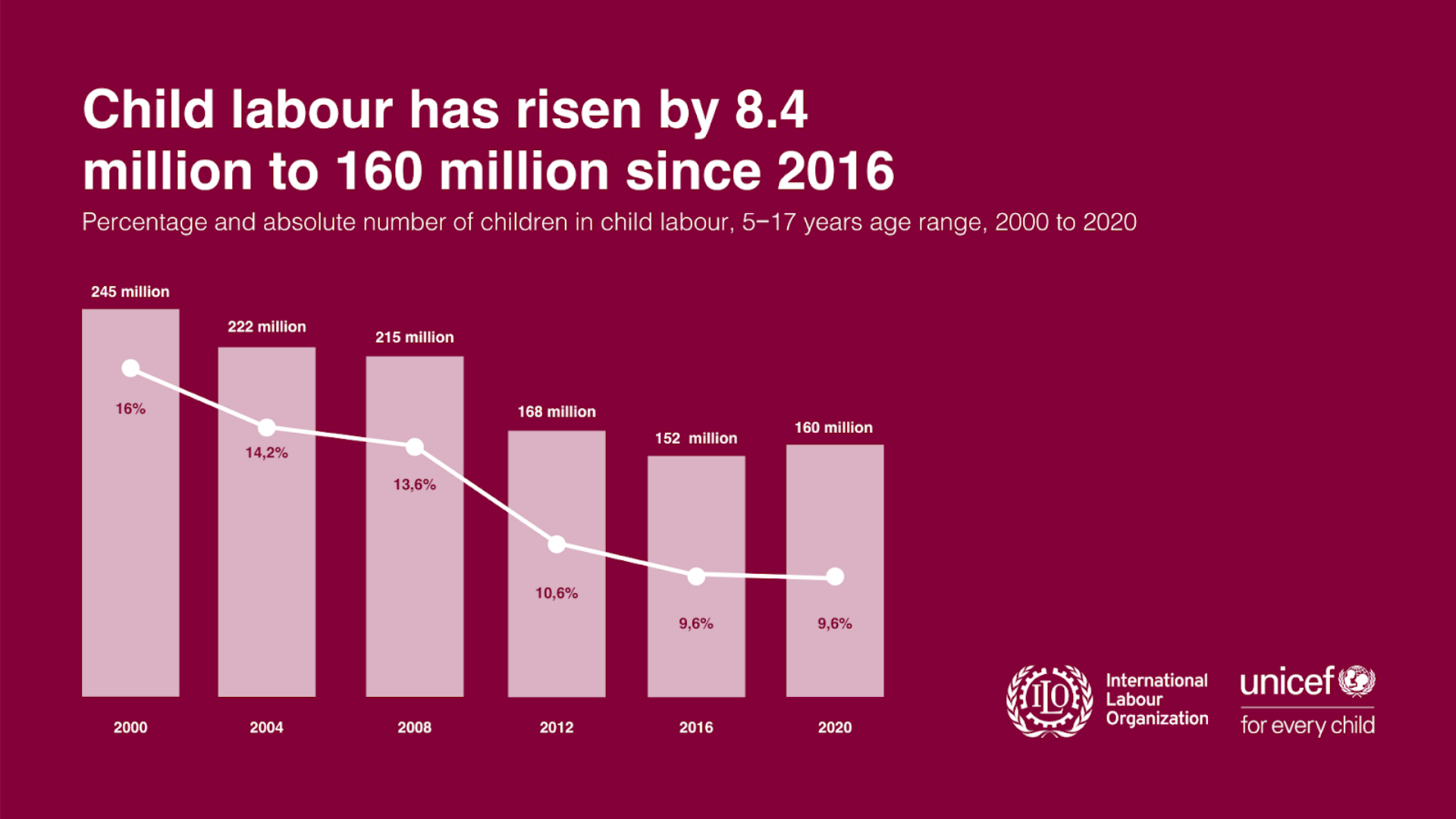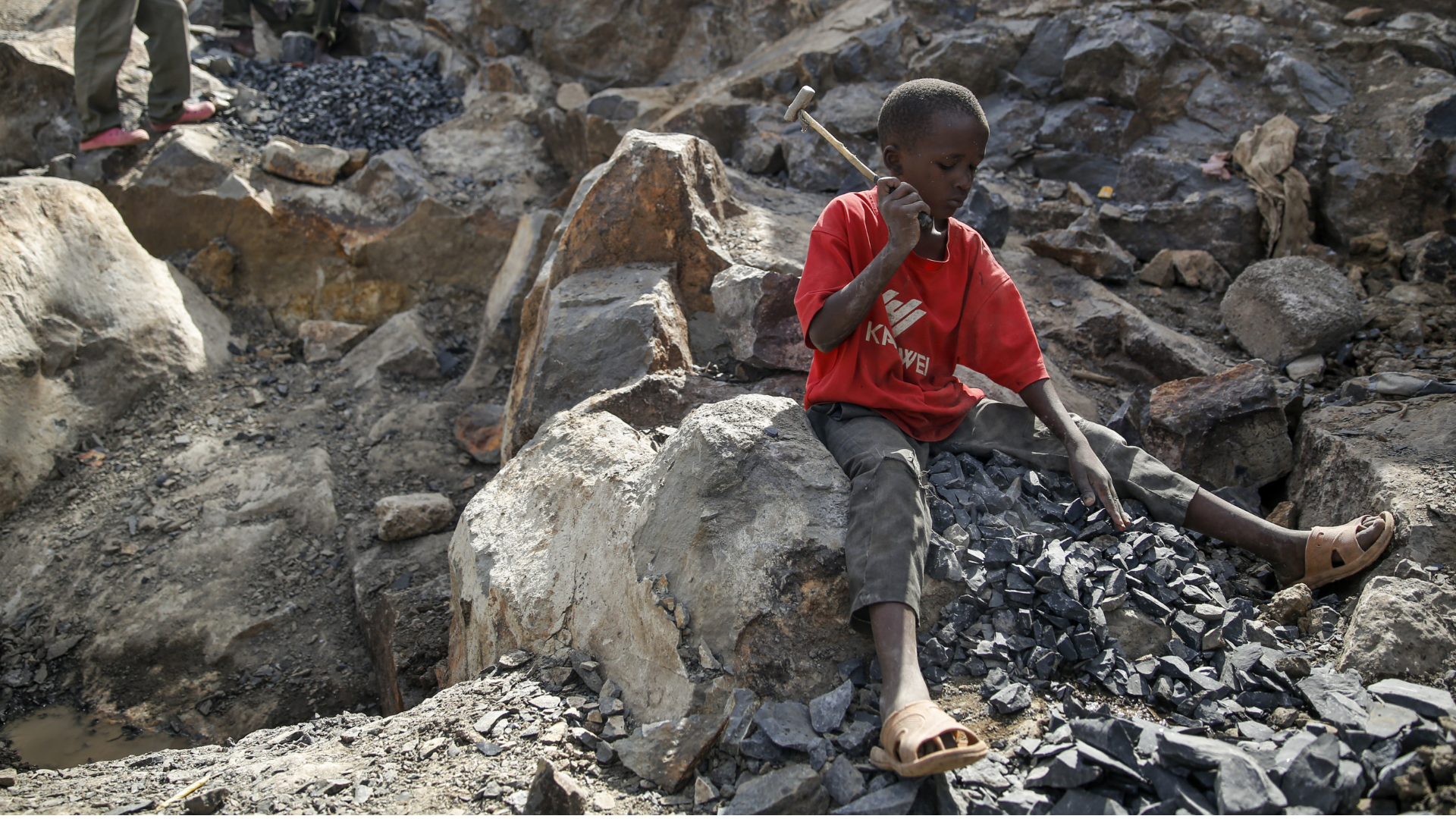ILO reports an increase in child labor.

To counteract child labor caused by conflicts, crises, and the COVID-19 epidemic, the International Labor Organization (ILO) founded World Day Against Child Labor in 2002. The goal of the day is to spark a global movement against child labor.
According to UNICEF, 17 million girls and boys in Sub-Saharan Africa are involved in child labor as a result of population expansion, repeating crises, extreme poverty, and insufficient social safety measures. The Durban Call to Action attempted to prevent child labor, however it was insufficient and excluded many countries. The ILO estimates that child labor affects about 72 million children in Sub-Saharan Africa, or roughly one in every five.

The International Labour Organization (ILO) defines child labor in Africa as any employment or economic activity that deprives children of their childhood, interferes with their education, and is psychologically, physically, socially, or morally detrimental. Poverty is the primary motivator for many communities throughout the continent to rely on child labor. Young vendors, primarily youngsters aged seven to fourteen, labor late into the night in Cameroon's capital, Yaounde, to support their families.
Chantal Zanga, a Cameroonian school administrator, is opposed to street selling of children, stating that kids have a right to protection. Experts and campaigners gathered in Durban, South Africa, for the 5th World Conference on the Elimination of Child Labor, to debate tighter child safety measures.
The ILO's action plan for 2023 includes attaining social justice, ratifying a worldwide minimum working age, and successfully executing the fundamental policies of the Durban Call to Action. In Cameroon, child street sellers endure regular threats such as traffic, bad weather, and sexual abuse. Juliette Lemana, a 12-year-old vendor of safous and roasted plantains, claims to have been struck by a motorcycle. Cameroon's legislation makes it illegal to have children.

According to the International Labor Organization, 2.1 million children labor in cocoa production in Ivory Coast and Ghana, with Africa being the primary supplier of cocoa. Nestle has built classrooms for children in cocoa-growing communities, but child labor is still a major concern.
However, their devotion to their families is costing them dearly, as aid agencies report that youngsters are being denied schooling and consequently a better life.
